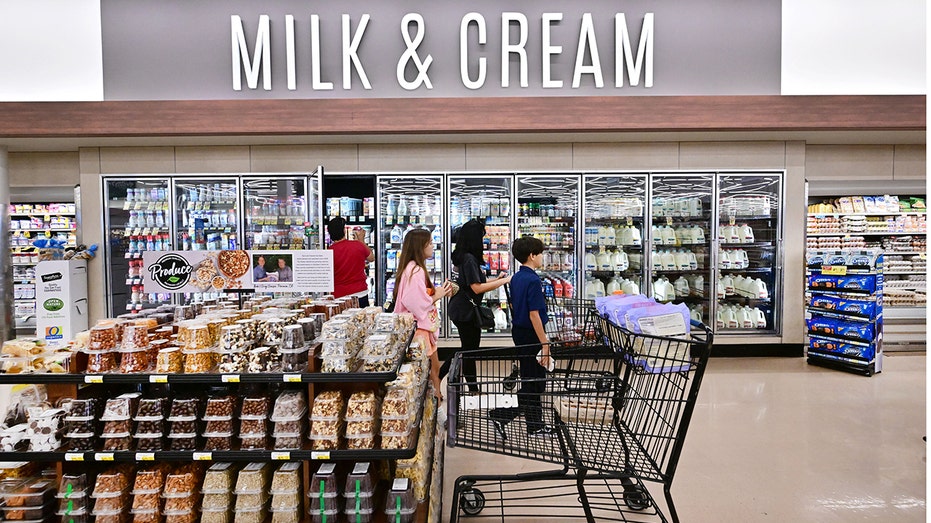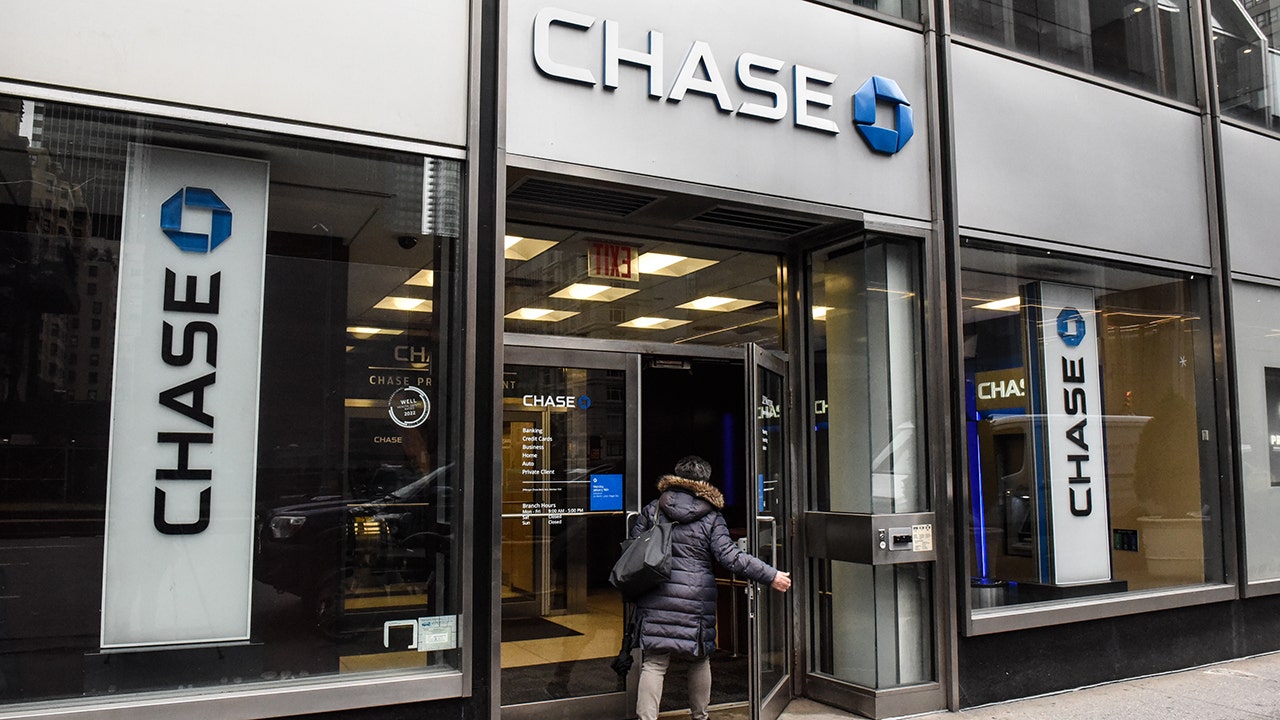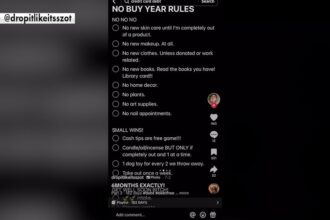U.S. households are burning through the savings buffer that they built up during the COVID-19 pandemic at an alarming pace as high inflation rages.
Millions of Americans stashed away extra cash during the pandemic as a result of multiple stimulus checks, boosted unemployment benefits and limited spending options.
But those savings are quickly dwindling: Americans have spent down about 35% of the extra money they accumulated during the pandemic as of mid-January, according to one estimate from Goldman Sachs. By the end of the year, the bank projected that households will have spent roughly 65% of that money.
The data comes as Americans continue to confront the hottest inflation since the 1980s. Although the consumer price index, which measures a broad array of goods including gasoline, groceries and rents, has slowly fallen from a high of 9.1% recorded over the summer, it remains about three times higher than the pre-pandemic average.
MORE AMERICANS GETTING A SECOND JOB AS HIGH INFLATION RAGES
Consumers are increasingly relying on their savings and racking up credit card debt in order to pay for necessities. The personal savings rate tumbled in December to 3.4% from 7.5% one year ago as households pulled back on spending amid a cloudy economic outlook, the Commerce Department reported last month. That compares to a savings rate of 33.8% in April 2020, at the height of the COVID-19 lockdowns and in the midst of the first round of stimulus payments.
In addition, household debt rose during the third quarter at the fastest clip since 2008, with credit card balances jumping by 15%, Federal Reserve data showed.
401(K) ‘HARDSHIP’ WITHDRAWALS HIT RECORD AMID COST-OF-LIVING CRUNCH
In January 2020, the personal saving rate of U.S. citizens was 9.1%, according to data from the Federal Reserve Bank of St. Louis; that spiked to 33.8% in April 2020 during the COVID-19 breakout. The rate declined to 13.8% by year-end, only to jump to 26.3% in March 2021.
On top of that, a record-breaking number of Americans are making emergency withdrawals from their 401(k) retirement plans in order to cover a financial emergency.
About 2.8% of workers participating in employer-sponsored 401(k) plans made a so-called “hardship” withdrawal in 2022, according to data from Vanguard, which tracks about 5 million accounts. That marks a major increase from the 2% rate recorded before the pandemic began and is also up from the 2.1% reading in 2021.

Fiona Greig, global head of investor research and policy at Vanguard, said the high number of withdrawals is “evidence that some families may be feeling the pinch and drawing on their 401(k) balances to relieve that financial stress.”
Hardship withdrawals allow workers to tap their 401(k) for an “immediate and heavy financial need.”
GET FOX BUSINESS ON THE GO BY CLICKING HERE
Individuals who make these types of withdrawals owe income tax on the money and could be hit with a 10% early withdrawal fee if they are under the age of 59½. However, the penalty can be waived if workers provide adequate evidence that the money is being used for a qualified hardship, such as a medical expense.
A person who takes a hardship withdrawal also cannot pay it back to their 401(k), and cannot roll that money into another retirement savings account.
Read the full article here









